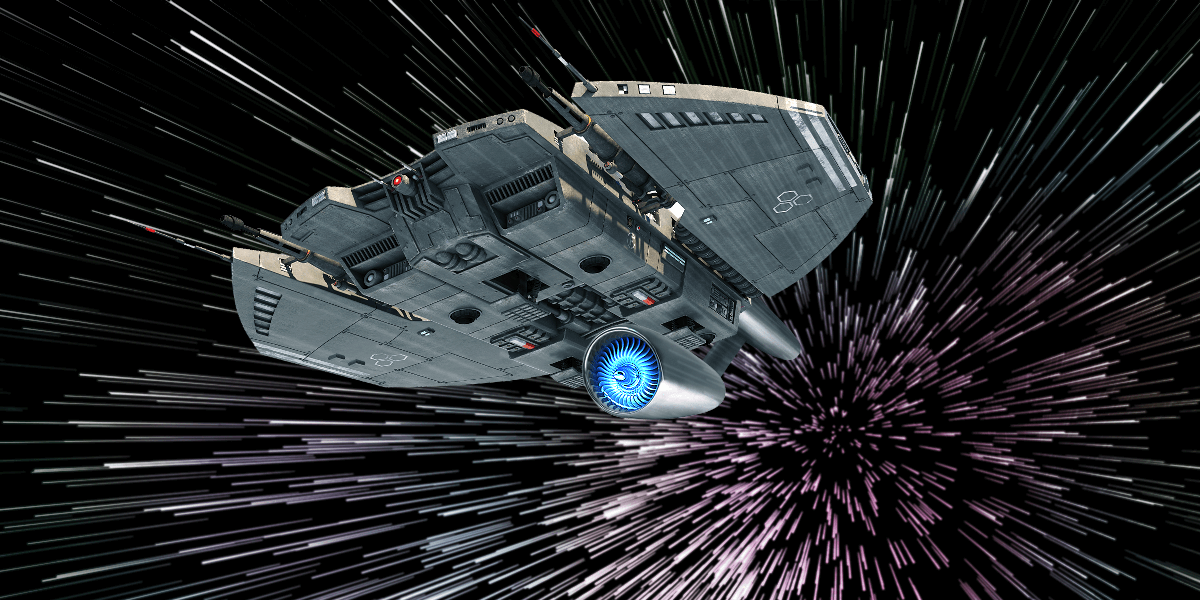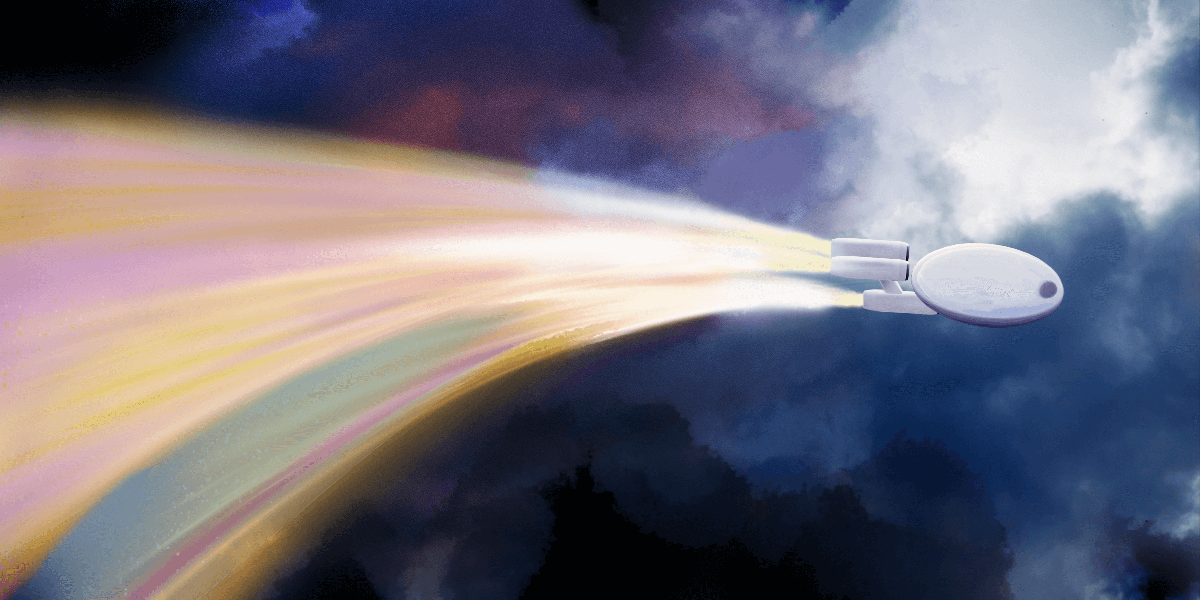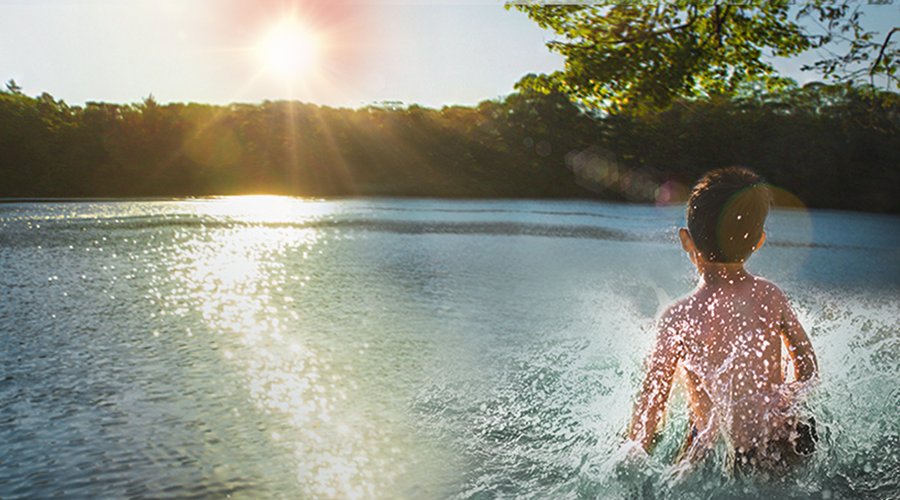Unlike previous Star Trek shows, Discovery uses a lot of advanced graphics and art rather than outdoors sets. To some that gives the series a “fake” feel, but in our assessment Discovery hands down beats the older style of Star Trek shows. While great, Discovery’s predecessors usually limited themselves to indoor spaceship/space station sets and one or two external locales in the Los Angeles area that repeated so often they became somewhat of a joke.
Discovery showrunners Bryan Fuller and later Alex Kurtzman fully embraced the latest technology, incorporating elements from the J.J Abrams Star Trek movies as well as influences from other media types, most notably video games. So with Discovery we get lots of lens flare, which looks fantastic in HDR. And plenty of different biomes. No longer do all planets look like Laurel Canyon or somewhere outside Palm Springs. The galaxy of Discovery has plenty of color and diversity.
This extends to the cast, lead by Sonequa Martin-Green as Starfleet officer Michael Burnham. Burnham comes across as one of the most interesting main characters in Trek history, and has a fascinating backstory that lends itself well to experimental photography.
Martin-Green has heaps of talent and one of the most expressive faces in the industry. She plays Burnham with plentiful humor, emotion, and determination, and feels at ease with the high tech look of Discovery.
That technological advancement was one of the main things that rubbed many fans the wrong way. While Discovery is a prequel to the original Star Trek show from the 1960s, obviously it is being made in the 2010s and 2020s with vastly better tech. The show’s creators didn’t want a retro look, but a grittier, more lived in and believable visage for their version of the 23rd century. As a result, we behold actual spacesuits in space with amazing backdrops and effects.
Ditto for ship designs. Whereas previous Trek shows relied either on practical models or OK-ish graphics for later outings such as Deep Space Nine, Voyager, and Enterprise, Discovery pulls all the stops. We get to see the titular USS Discovery in glorious HDR and full HD in the most impressive show of Star Trek vibrance outside of the Abrams movies. Discovery adds more firsts to its list of innovations by going with a bold, sharp, and memorable look for its main star, the ship that gives the show its name.
We said the cast is very diverse, and joining Martin-Green are Michelle Yeoh as Burnham’s mentor and initial captain. We first meet the two on a mission in a desert environment that stands in clear contrast to later ship-board scenes. Discovery doesn’t wait very long to reveal and revel in its diversity. From yellowish deserts to lush green and almost sterile blue, we get the whole package in striking color accuracy, so better watch this on a good projector or monitor.
Another important cast member is Jason Isaacs, who plays the Discovery’s leader, Captain Gabriel Lorca. Interestingly enough, Lorca complains of sensitivity to light due to war injuries, but that doesn’t stop the show from throwing a lot of illumination his way. Still, with Discovery there’s rarely a dull moment nor more than ten minutes in the same color scheme.



